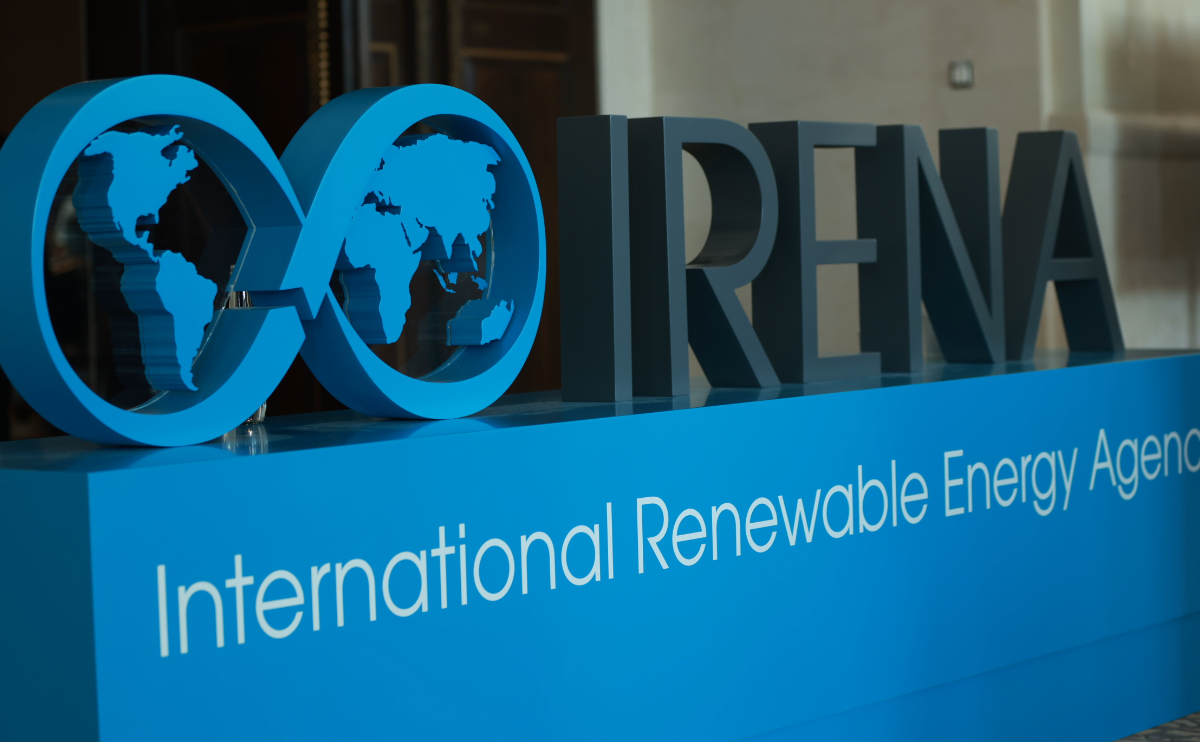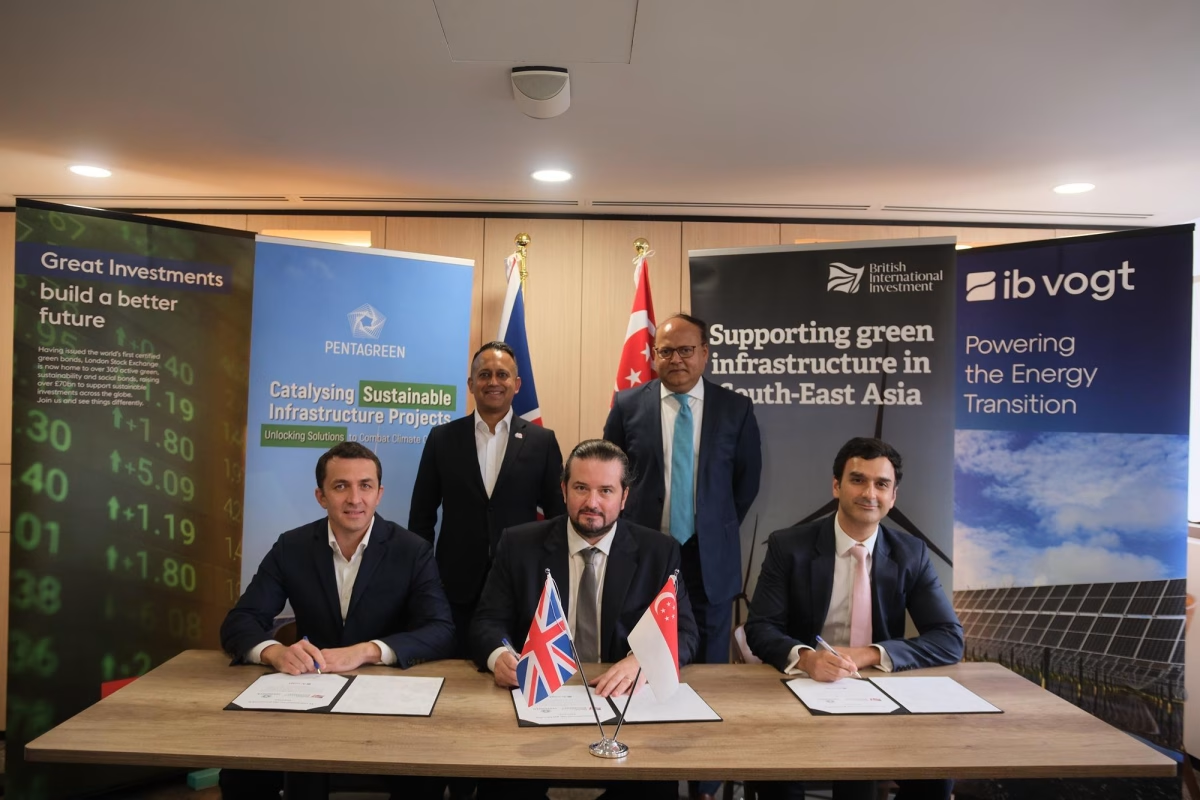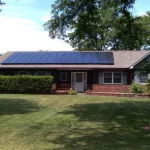
US Import Duty Exemption Adds Fuel to Anticipated Surge in High-Efficiency Bifacial Solar PV
June 7, 2024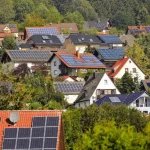
How California’s New Solar Mandate Will Affect Homeowners
June 7, 2024A Newly Released Climate Action Plan Could Unleash Ireland’s Solar Energy Generation Potential Through Making Rooftop Solar More Attractive
Andrew Burger
A radical climate action plan by the Irish Government, published earlier this month, includes commitments to create a mechanism for solar micro-generators to sell electricity back to the grid. This is long overdue in Ireland could create a huge increase in the proportion of photovoltaic power generated in the country.
Greenfields, ancient castles and shamrocks are what many people picture when they think of the island of Ireland. Not often imagined is the country’s tremendous over-reliance on fossil fuels and poor climate record. However, due to a new government initiative, this may soon change. Future images of Ireland’s mostly rural landscape might also feature occasional photovoltaic panels; both in solar farms as well as on private rooftops and working farms. While the Irish weather might be described as, quite often, “cloudy”, parts of Ireland still manage to receive over 351,794 Joules/cm² of solar radiation per year, according to the country’s meteorological service. This is comparable to other countries in Northern Europe with extensive solar power generation industries. While not as productive as other more southern parts of Europe this still makes solar PV electricity generation in Ireland easily viable.
Unused Solar Potential
Even with a favourable solar irradiation profile, and great wind conditions for turbines, Ireland needs to up its game in terms of renewable energy as soon as possible. In spite of its green image, Ireland was recently ranked the worst country in Europe for climate action in the European Climate Change Performance Index. As a member of the European Union, Ireland is also tied to an EU wide target of 16 percent renewable energy generation by 2022. With this target in mind, the country currently generates only around 9 percent of its electricity from renewables according to the Sustainable Energy Authority of Ireland, the SEAI. By not meeting its targets, Ireland may be subject to potential penalties of up to 1 million euro per day as it will be forced by EU legislation to buy renewable energy credits from other nations with surpluses after 2020. Without drastic action, the cost of underperforming in renewable power generation is set to become a high one for Ireland’s taxpayers.
Growing Climate Consciousness
Even in terms of its own existing national climate policy, which states a goal of generating one-third of all energy from renewable sources by 2030, Ireland is also severely lagging behind where it should. The public’s discontent with their nation’s performance on this issue has been shown by the political resurgence of the (climate policy focused) Green Party, in Ireland. Huge gains in vote share during the recent European and local elections were garnered by Green Party candidates across the country. Prompted by Green politicians, Ireland also became the second country in the world to declare a climate emergency last month. A large part of Ireland’s existing renewable energy production has so far been sourced from onshore wind. Power generated from onshore wind farms accounted for the vast majority of the 9% share of power generation from renewables in the country last year. However, the solar energy market share is increasing rapidly. Between 2017 and 2018 the amount of electricity generated by solar power in Ireland increased three fold. Unfortunately, this is from an extremely low base and still amounts to only 0.3% of Ireland’s annual energy generation during this period. This might be about to change. If all of the solar farms which have been granted planning permission are developed as planned, the percentage of energy generated by solar could jump to 5% of all electricity generated in Ireland by 2022 according to the Irish Solar Energy Association.
Even with many solar farm developments already approved (85 have so far achieved development permission across the country), large solar projects have faced great difficulty in going from the planning to development stage so far in Ireland. Lack of clear guidelines and information combined with community opposition has led to several high profile solar farm planning objections and huge developments such as this one in County Kildare Ireland being rejected by planners.
A New Plan
A big part of the solution to Ireland’s energy problem could now be solar PV microgeneration. The government’s climate action plan, launched last week, contains a commitment to “change the electricity market rules in early 2020 in order to enable micro-generated electricity to be sold to the grid.” This action is also set to “include provision for a feed-in tariff for microgeneration to be set at least at the wholesale price point”. Strong policy like this has the potential to be a game changer for solar power generation in Ireland. With a rumoured tariff of 19 cent per killowatt hour the change in policy will enable rooftop PV producers to sell their excess electricity back to the grid instead of “donating” it free of cost as is the current situation. Combined with generous current and proposed government grants for panel installation (up to 50% of the cost) on existing and new housing developments, it is hoped that this measure will spark a boom in microgeneration of power across the country. Coupled with a proposed carbon tax of over 80 euro per tonne, the actions within the new plan should help create market conditions far more favourable to renewable energy microgeneration than is currently the case.
Too Little Too Late?
This kind of plan is long overdue in Ireland. In spite of much its landmass having similar solar generation potential to other parts of northern Europe such as Germany (where solar power makes up 7% of all energy generated) and Northern France, Ireland has been extremely slow on the uptake. This deficiency has been blamed on a lack of state policy, scattered grant schemes and no political motivation for renewable energy schemes. Through the ballot box, the Irish people are clearly demanding action on further integration of renewables. With a coherent state plan now finalised and clear actions ready to be put in place, it will soon be seen whether effective measures can be brought in before stringent EU penalties and rising public discontent begin to seriously bite.
California solar homes mandate, production increases add momentum to market growth prospects
The Sec. 201 import tariffs have been taking a heavy toll on development of a lot of bifacial solar projects, according to Liardon. “These are high-efficiency panels essentially sandwiched back to back, with a reflective, back substrate. A 25% jump in energy conversion efficiency is substantial—what would be a module capable of producing 300 watts (W) jumps up to 350–360W of output…Because of that efficiency gain, the higher cost of bifacial modules will be offset by the tariff exemption, which will make them cost-effective and competitive even against convenional solar panels,” Liardon said.
In addition to the Sec. 201 import duty exemption, leading solar PV manufacturers have been ramping up bifacial PV cell and panel production capacity in bids to differentiate themselves in the marketplace and produce PV panels better suited to locations where land or rooftop availability is limited and prices high, Liardon pointed out. Price drops are expected as a result, adding to bifacial panels’ market competitiveness and growth in market demand. Furthermore, Liardon highlighted that California’s solar energy mandate for new residential construction (solar homes mandate) is set to go into effect January 1. The solar homes mandate requires all new homes built in California to be outfitted with solar energy systems. That’s going to give the Golden State’s solar energy market a big boost and open up a very large, new, retail market for now more competitive bifacial solar panels and systems, Liardon pointed out.
Import tariff exemption, California solar homes mandate make for a huge market opportunity
Up until now, a large majority of bifacial PV panel sales and system installations have been limited to utility-scale and large commercial-industrial (C&I) solar projects, Liardon explained .
In addition to the availability of land and rooftop space, from a manufacturing standpoint, the bulk of bifacial solar installations historically have been earmarked for large-scale projects. There hasn’t been a big push into the retail market. —Liardon said.
That’s poised to change dramatically as a result of the confluence of California’s solar homes mandate going into effect, manufacturing capacity growth and bifacial panel imports being exempt from Sec. 201 import tariffs, he continued. Increasing land costs in areas such as Northern California are leading home builders and architects to design and build higher density housing, Liardon pointed out. Furthermore, “residential rooftops are being designed to capture the output of higher efficiency bifacial panels,” he said. PetersenDean specializes in new residential and commercial construction. Jim Petersen founded the Fremont, California-based company in 1984. To date, PetersenDean has installed more than a million roofs, employs 3,000 workers and operates in eight states: Arizona, California, Colorado, Florida, Hawaii, Nevada, Oklahoma and Texas, according to the company.
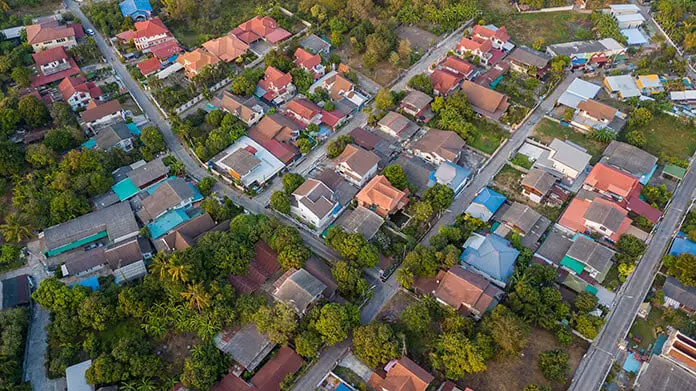
PetersenDean Roofing & Solar is primarily a roofing company, the largest privately-held one in the US, according to management, but it’s also one of the top two or three rooftop solar installers in the country, Liardon pointed out. “California’s mandate will have a significant impact on our operations and overall annual business. We’re currently installing just under 50% of new roofs in California. Of all of those houses, we install solar on around 10 percent. That will be 100% come January 2020,” Liardon said.
The emergence of an entirely new solar market realm
Furthermore, bifacial modules will be “a much more viable play” for single-family homes, as well as multi-family housing and C&I projects, according to Liardon. “There’s an entirely different need emerging in California, particularly within the residential realm.” “These [bifacial] panels are particularly advantageous for small rooftops and high-density areas and that’s going to change the game and open up markets from a solar energy productivity standpoint,” he said. Liardon said bifacial PV panels’ market share in California could surge from 1–2% to the double digits, as high as 15–20%, over the next 12 months. “It doesn’t take long for demand [for particular technologies] to shift and market shares to change quickly,” he said. “We think there’s going to be a significant bump higher over the next 12 months depending on the pace [manufacturing] capacity ramps up, but bifacial panel market share could approach 20% within a year. A large part of that is connected to California’s mandate and limited rooftop and land availability.” Annual new single-family home starts in California are in the 80,000–90,000 range at present. Some 12,000–15,000 are outfitted with solar energy systems, Liardon pointed out.
There are around 140,000 single-family home solar systems installed in California right now, either retrofit or new home installations. The [solar homes] mandate applies to new construction, so the number of single-family residential solar installs in California is going to jump from 140,000–150,000 up to 240,000–250,000 starting in 2020.
“Obviously, the impacts of this mandate, or tariffs of any kind, make for a difficult challenge for all—builders, owners, project developers, equipment suppliers, etc.—particularly given limited rooftop space in high-density markets. There are lots of areas where [property] lots are small and rooftop space is limited, which is going to make it difficult to install solar. That’s why this exemption for high-efficiency, bifacial solar modules is such a big win,” Liardon concluded.


